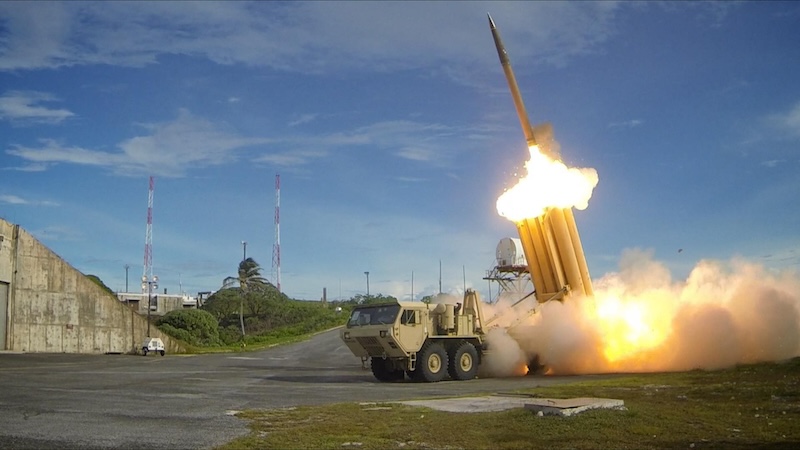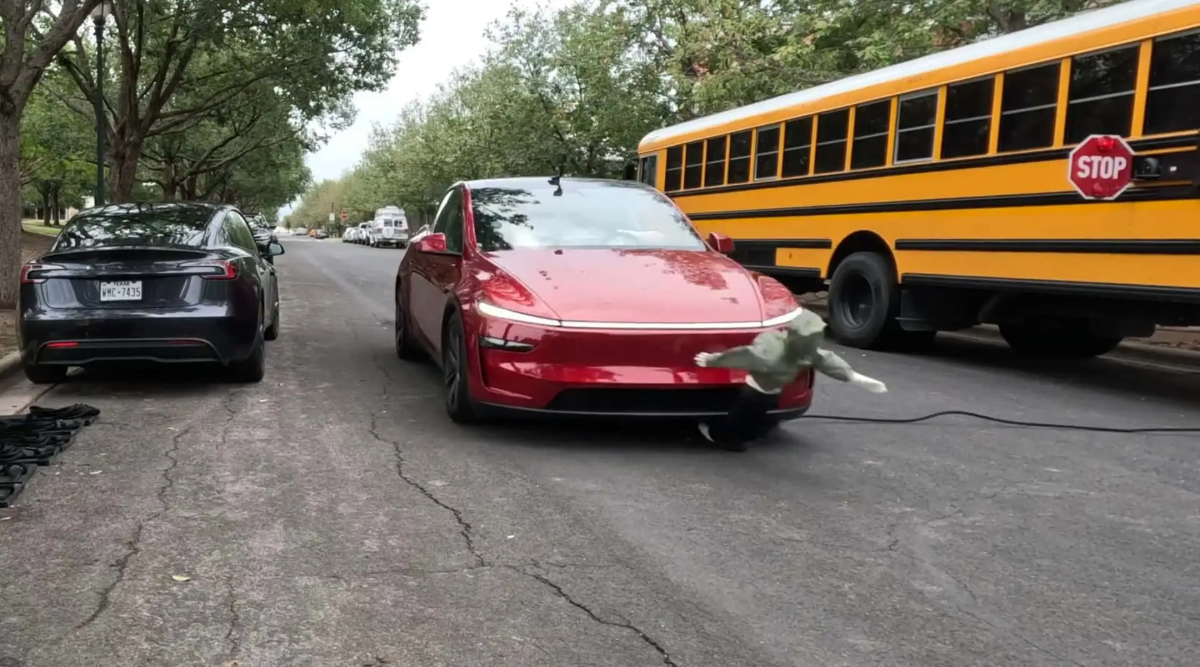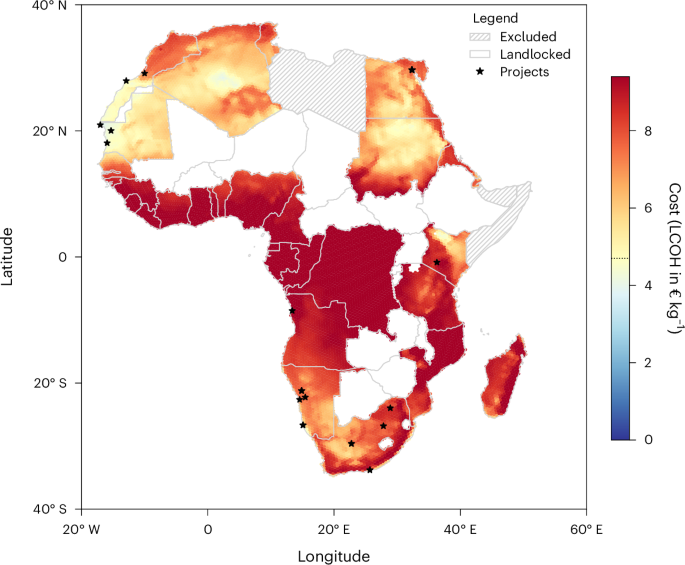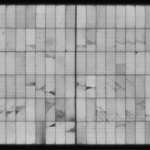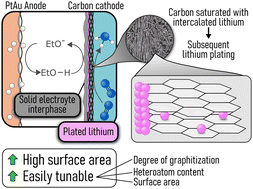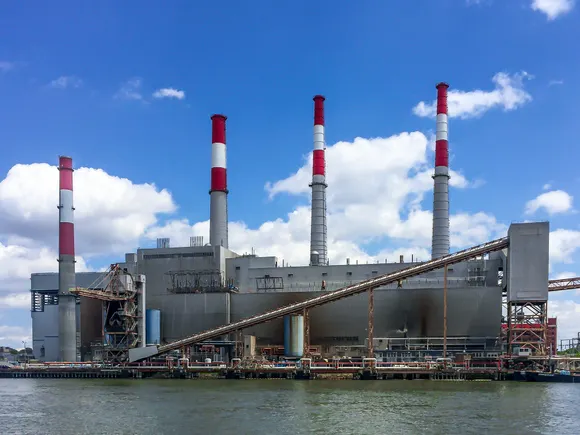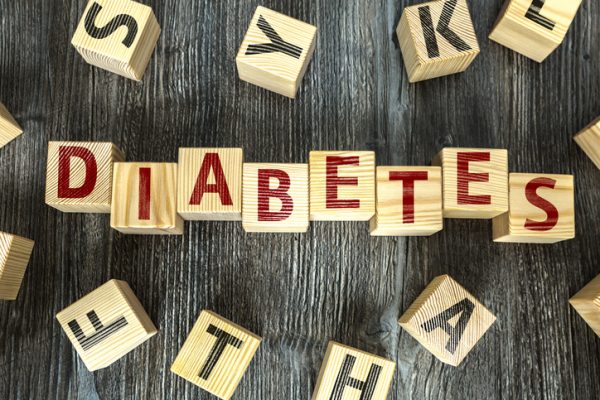Chelating Solvent Mediated Solvation Structure Enables High‐Rate Operation of Ah‐Level Li‐Ion Batteries in Nonflammable Phosphate Electrolyte
Advanced Energy Materials, EarlyView.

Chelating solvent-mediated ion-solvent coordinated structure is designed to modulate Li+-phosphates interaction, affording a high-efficiency pseduo-structrural diffusion, similar to high concentration electrolytes (HCEs) (>3 mol L−1) and diluted DHCEs (>2 mol L−1), yet in standard 1 mol L−1 concentration with high ionic conductivity. The 25 Ah graphite|LiFePO4 cells achieve stable operation at 2C rate with 71.0% capacity retention after 600 cycles.
Abstract
Highly flammable carbonate electrolytes induce significant safety risk for lithium-ion batteries (LIBs), raising concerns about their suitability for large-scale applications. In contrast, non-flammable phosphate electrolytes offer a potential solution, yet the untamed strong interaction of Li+-phosphates and inefficient Li+ diffusion result in sluggish reaction kinetics, which restricts the operation of Ah-level LIBs to rates below 0.2C. Herein, a chelating solvent-mediated ion-solvent coordinated structure is designed to modulate Li+-phosphates interaction. This innovative approach enables a high-efficiency pseduo-structrural diffusion, similar to that observed in high concentration electrolytes, while maintaining a standard concentration of 1 mol L−1 and achieving high Li⁺ conductivity. The operating rate of Ah-level graphite|LiFePO4 cells is increased from 0.2C to 2C, with 1 Ah and 25 Ah cells retaining 73.9% and 71.0% capacity after 1000 and 600 cycles, respectively. Additionally, the maximum temperature of 25 Ah cells during nail penetration is significantly reduced from 338.9 to 200 °C. This strategy provides promising tuition for developing advanced electrolytes.
































































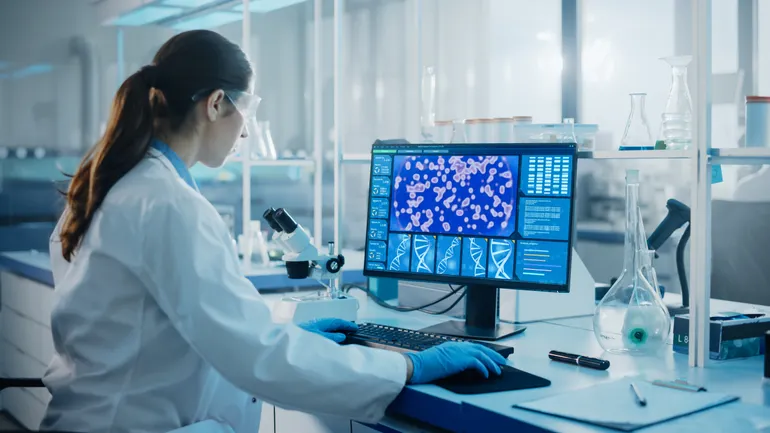








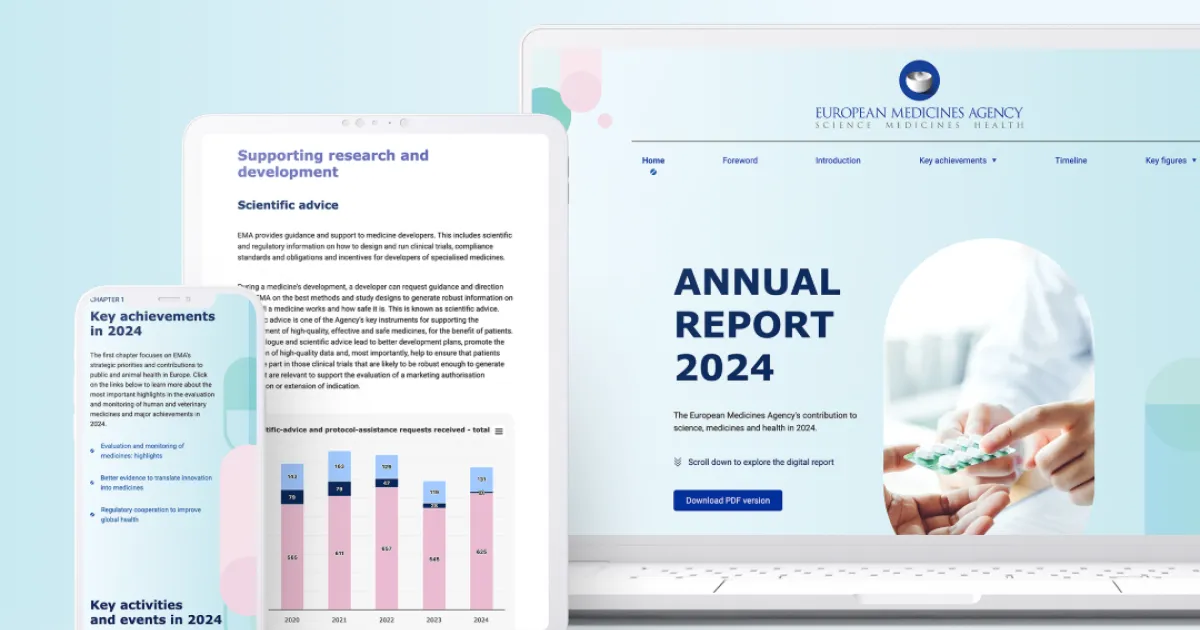





![The sights of the Paris Air Show Day 2 [PHOTOS]](https://breakingdefense.com/wp-content/uploads/sites/3/2025/06/IMG_1837-scaled-e1750181568851.jpg?#)

![An FCAS fracas and Embraer’s European embrace: Paris Air Show Day 2 [Video]](https://breakingdefense.com/wp-content/uploads/sites/3/2025/06/IMG_3682-e1750159767304.jpg?#)

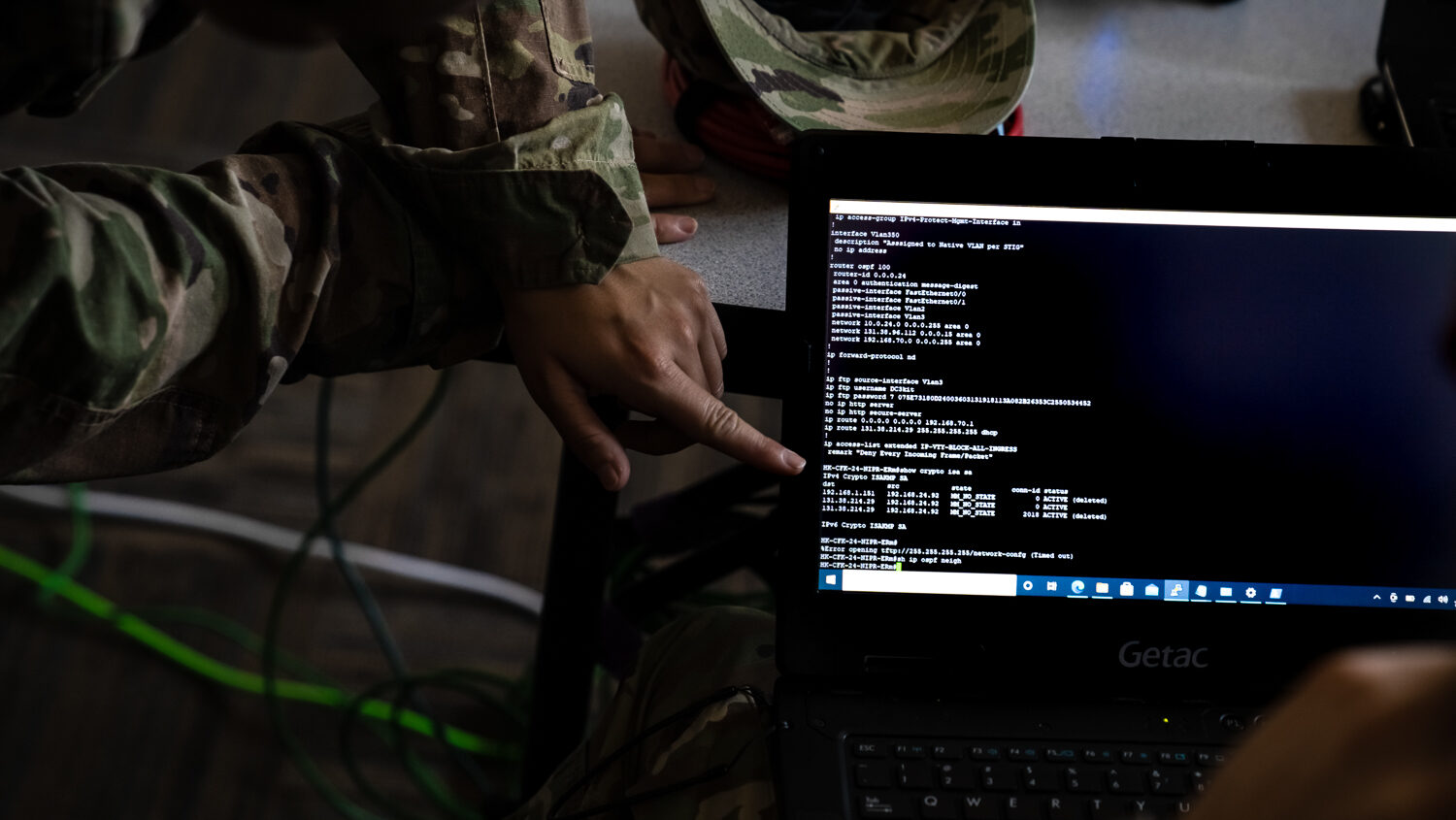

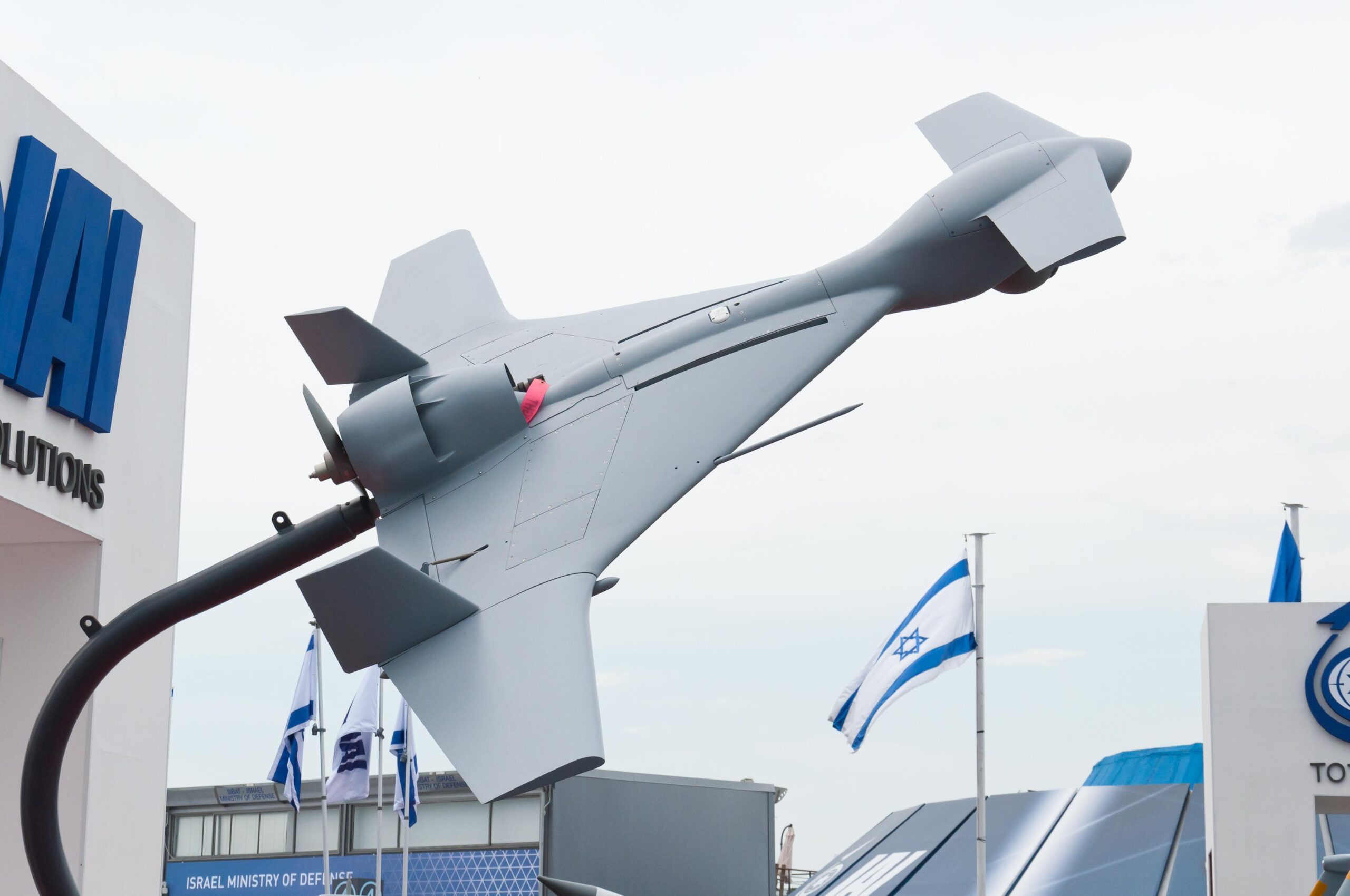









![[Updated] U.S. Air Force Mobilizes F-22s and F-35s as Situation in Middle East Escalates](https://theaviationist.com/wp-content/uploads/2025/06/F-22_F-35_CENTCOM-top.jpg)





